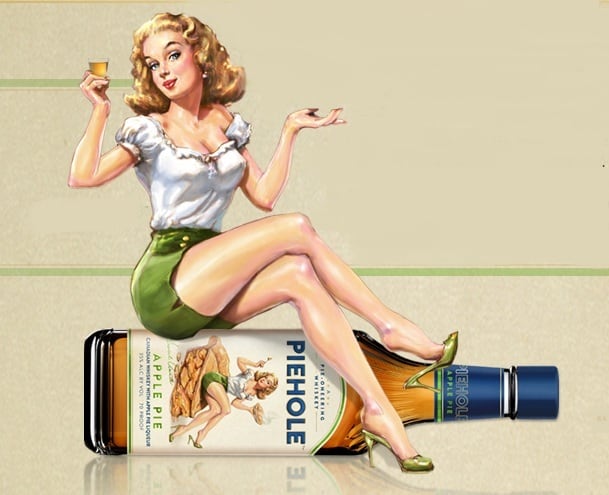And – despite increasingly adventurous flavour innovations in the sector to tempt consumers - is the next generation looking for something completely new and different?
Running out of steam?
Trevor Stirling, European beverage analyst, Sanford C. Bernstein, told BeverageDaily.com the flavored whisky category might grow for the time being, but it won’t do so indefinitely.
“Momentum for flavoured whiskies will continue short-term, but we suspect that we are nearing the high-water mark,” he said.
“We’re starting to run out of steam.”
After a couple of years, it’s likely the category will start to slowly decline, he predicts.
He gestures to flavored vodkas: a category which saw a wave of innovation in the US (with fruit and confectionery flavours, in particular). However, energy has evaporated in the last couple of years, in both flavoured vodka and core brands sectors.
Flavored whiskies have grown dramatically over the last five years, with Jim Beam Red Stag, Fireball, and Jack Daniel’s Tennessee Honey all examples of strong brands.
But Stirling says we are now seeing early pioneers such as Jim Beam Red Stag start to decline. And while innovation is becoming a more and more exotic, he asks if it is in danger of going overboard.
Diageo has just launched its Piehole brand – a blend of premium whisky and pie flavored liqueur ‘inspired by Grandma’s favorite pie recipes’ – with apple pie, cherry pie, and pecan pie varieties.
“Certain flavors you can pick up in whisky, there are natural matches,” said Stirling. “But when you start to get pie flavors, you’re getting beyond natural flavors."

Flavoured whisky: a survival guide
A flavored whisky offspring could prove to be a prodigy or a problem child in the face of a "coming shakeout".
On one hand, a brand can establish itself as a successful offshoot; but it also risks compromising the brand equity of the mother brand.
Stirling’s advice is to "proceed cautiously" and prepare to "be pretty brutal" with brands that aren’t working.
Born to be wild
Just because a category has triumphed with one generation, it doesn’t mean it will be successful with the next. In fact, the opposite may be true, argues Stirling.
The brand may be perceived as something only youngsters drink, and once the initial market has moved on, there is no new uptake. In addition, Stirling suggests there is always a sense of rebellion among the new, younger consumers – they don’t want to follow in their parent’s footsteps.
“Each generation seems to find a new drink,” he said. “Take Smirnoff Ice – it’s still there and hasn’t disappeared – but there’s something that hits the mood for the next generation.
“You have a huge wave of enthusiasm, then those younger people say they want to drink something else.
“In general, in developed markets, younger drinkers reject what their parents drank.”
Retaining some consumers
Flavored whiskies have helped bring new consumers into the category, helping to address a previously heavy male gender skew. Would a slow-down in flavored whisky mean these consumers will be lost?
“I think some of those consumers will stay in the category, some will move onto regular whisky - I’ve been struck in the US by the number of women drinking whisky,” said Stirling.
